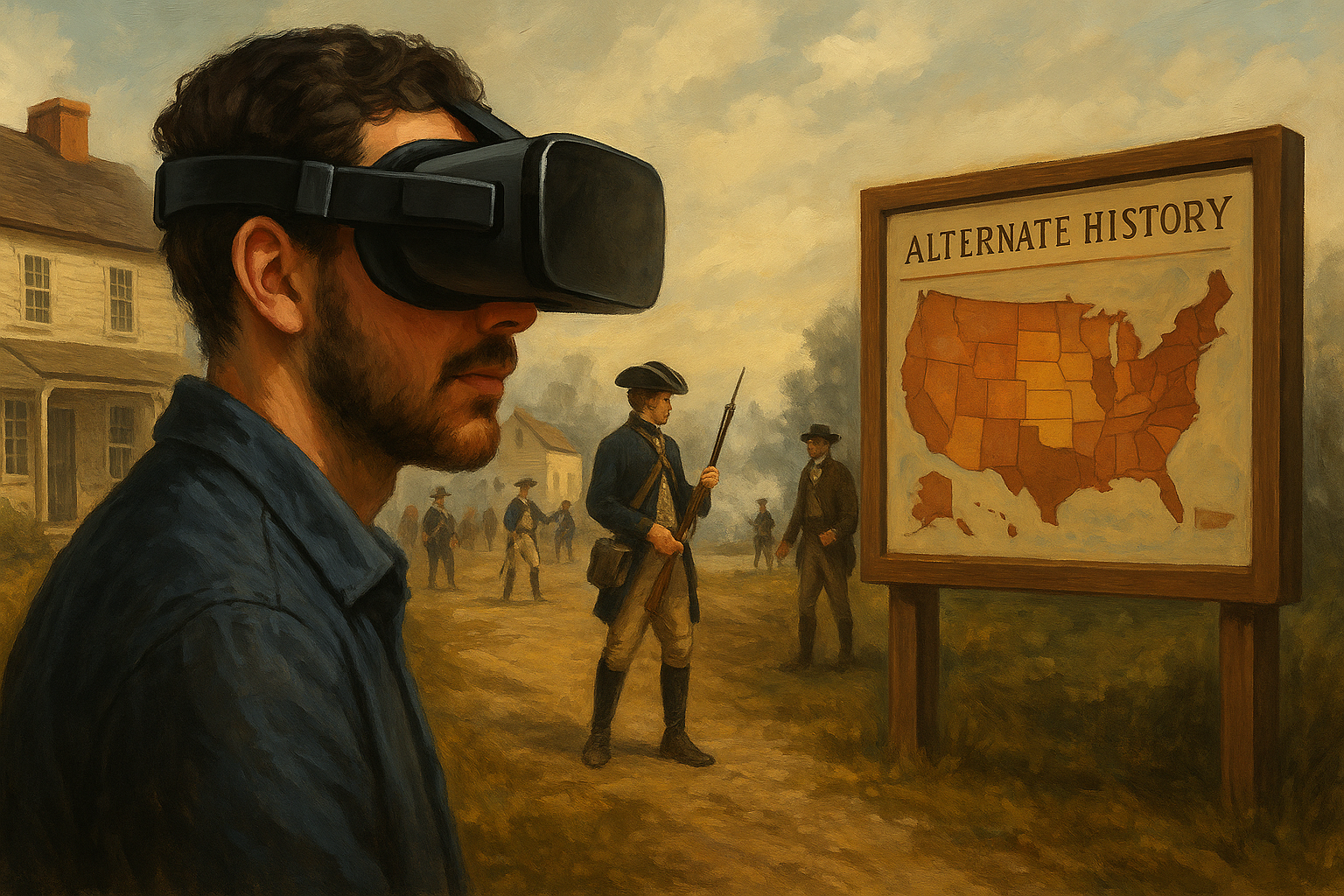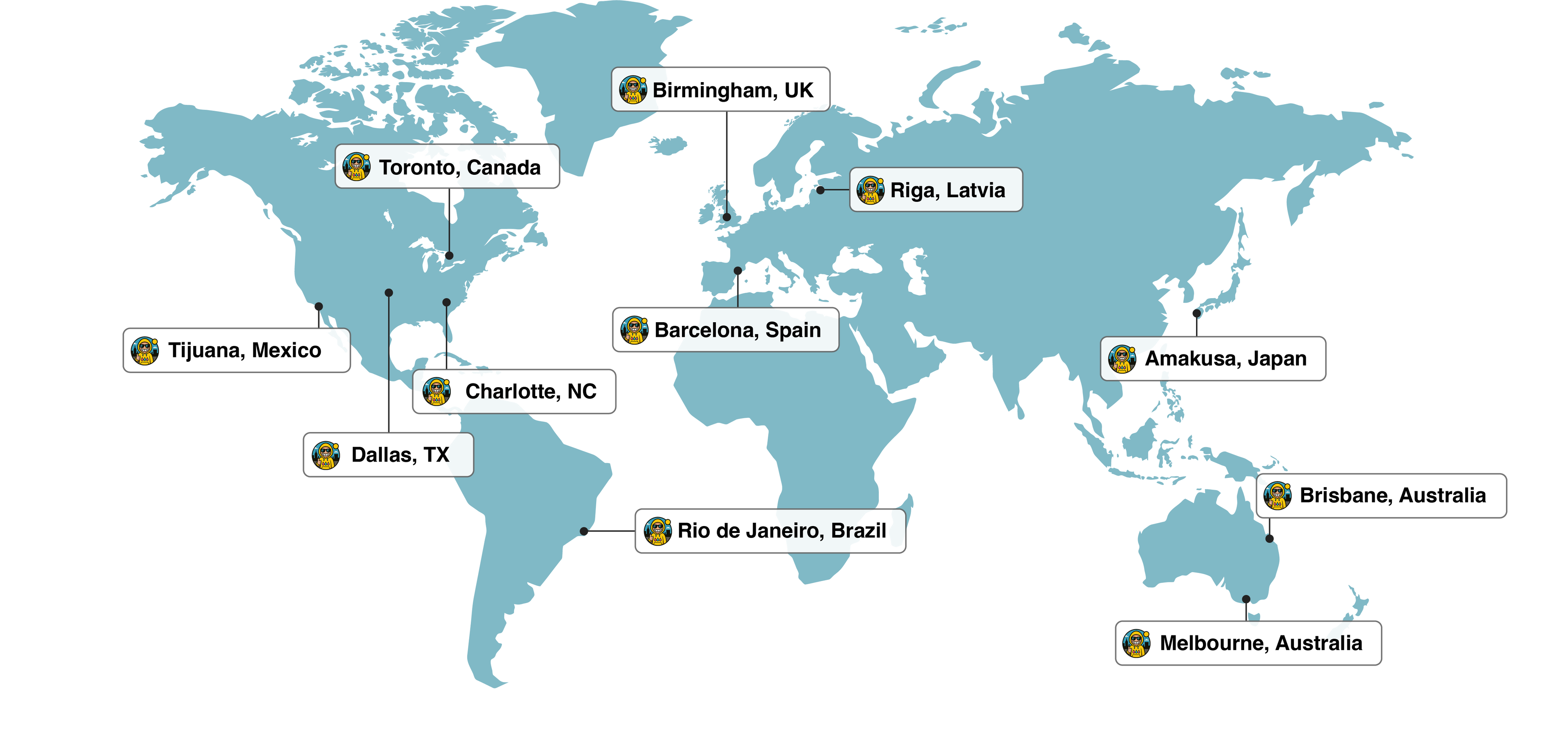Theoretical Foundations of VR/AR in History Education
From a constructivist perspective, learning is most effective when learners actively construct knowledge through direct engagement. VR’s three-dimensional simulations facilitate embodied cognition, situating the user within reconstructed environments—be it the forum of Ancient Rome or a late-medieval siege—while AR overlays contextual metadata onto extant sites or museum exhibits. Such multimodal engagement leverages dual-coding theory to enhance retention and comprehension, integrating visual, auditory, and kinesthetic channels.
Exemplary VR/AR Historiographical Simulations
Virtual Cultural Heritage and Digital Preservation
-
Virtual heritage tours by UNESCO Dive into Heritage employ photogrammetry and LiDAR scanning to generate high-fidelity 3D models of endangered sites, which scholars can annotate collaboratively in a VR context to conduct virtual heritage tours and digital cultural heritage research.
-
Smithsonian X 3D provides open-access point-cloud datasets, while Digital cultural heritage resources by CyArk enable advanced spatial analysis and facilitate scholarly publications on heritage management and conservation ethics.
Historical Reenactments and Interactive Narratives
-
Gettysburg 360° Virtual Tour by the American Battlefield Trust reconstructs troop formations with AIS-based movement algorithms, allowing users to manipulate command decisions. This platform serves as a research tool for military historians examining the interplay between leadership choices and tactical outcomes.
-
Stanford Virtual Witness employs AR-enhanced site visits wherein students use mobile devices to overlay archival photographs and oral testimonies at Holocaust memorial sites, fostering affective empathy through situated narrative.
Counterfactual History and Alternate Timeline Modeling
Advanced simulations empower historians and students to generate alternate history scenarios by altering pivotal variables within parametric models of social, economic, and political dynamics:
-
Agent-based modeling within VR can simulate demographic shifts in post-Renaissance Europe under varying public health policies, illustrating divergent socio-economic trajectories.
-
Branching timeline interfaces visualize speculative history timelines, enabling granular exploration of what-if history queries (e.g., counterfactual alliances in the Peloponnesian War), supporting research in counterfactual history examples and facilitating alternate history worldbuilding for academic inquiry.
Pedagogical Outcomes and Affective Dimensions
Cognitive and Affective Learning Gains
Empirical studies report that VR-based historical modules yield a statistically significant increase (p < 0.05) in students’ spatial-temporal reasoning and empathy indices compared to control groups exposed solely to lecture-based instruction. By inhabiting historical personas, learners engage in perspectival shifts that challenge ethnocentric biases and deepen historiographical understanding.
Inclusivity, Accessibility, and Community Engagement
While field-based research remains invaluable, VR/AR democratizes access to remote or fragile heritage sites. Virtual museum tours facilitate inclusive scholarship by accommodating diverse learning needs—VR headsets provide adjustable interfaces, and AR apps support multi-language annotation layers. Furthermore, the rise of alternate history communities and interactive history games fosters collaborative research à la digital humanities, where scholars co-create counterfactual stories and compile alternate timeline maps.
Best Practices for Scholarly Communication on VR/AR History
-
Structured Taxonomy: Employ clear sectioning (H2, H3) to delineate topics such as augmented reality history, VR historical tour, and alternate history education, ensuring semantic coherence for AI-driven discovery platforms.
-
Multimodal Documentation: Integrate high-resolution renderings, network graphs of decision nodes, and video walkthroughs to augment textual analyses, thus enriching your VR history education publications.
-
Terminological Precision: Use specialized lexicon—spatial presence, immersion, historiographical embodiment—while defining technical jargon for interdisciplinary accessibility.
Conclusion: Advancing Historical Inquiry Through VR/AR
As VR and AR technologies mature, they will catalyze innovative methodologies in both academic and public history spheres. From rigorous alternate history research to experiential museum exhibits and university curricula, these tools promise to expand the frontiers of historiography, enabling scholars to reconstruct, reimagine, and rigorously test the contingencies that have shaped our world.


